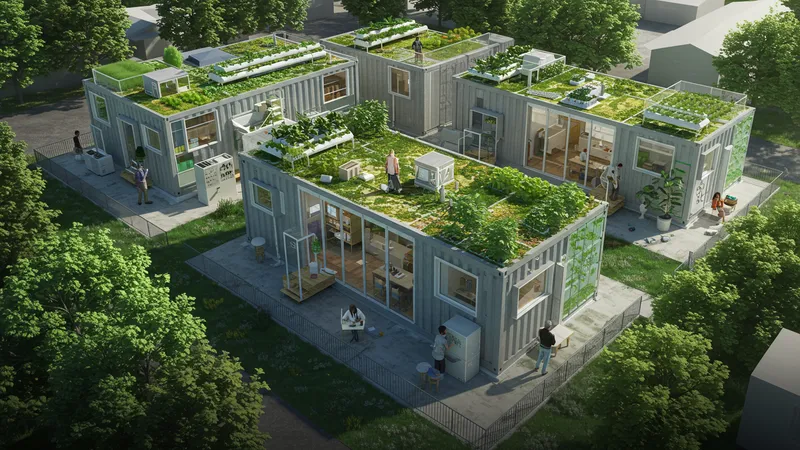
Affordable Container Homes: A Sustainable And Budget-Friendly Housing Solution
The Future of Container Homes: What Lies Ahead?
It’s hard to deny—container homes, once seen as mere alternatives, are crafting industries of their own. As pioneers of sustainable living, these homes continue to surprise with leaps in eco-technologies, promising enhancements and efficiency without losing affordable charm. Upgraded thermal insulation, green roofing, or hydroponic systems elevate a conventional container home from rudimentary to revolutionary, challenging industry mindsets. Could this evolution in design redefine the trajectory of affordable housing globally?

The vision extends past residential confines, with architects exploring community-styled arrangements where container homes efficiently unite shared spaces, promoting urban green belts, multi-use zones, and innovative communal spaces. As advancements take root, container villages may very well become bustling hubs of cultural exchange and social connectivity—a new vision for public interaction. Could the ethos of container living truly reshape community architecture however we envisage?
The prospects of container homes extend into the realm of technological boundary-pushing too. Experiments with smart home integrations, eco-ID sensing, interactive automation, and modular enhancements mean personalized, futuristic living spaces that reflect individual preferences. Could these innovations spearhead a new wave of technologically advanced living spaces ultimately zipping past traditional standards in compatibilities and conveniences?
With emerging global trends toward environmental viability, container homes align themselves within realms of inclusive, sustainable development. Governments and private sectors may convene to incentivize such housing efforts, creating an unprecedented blend of fiscal benefits and sustainable practices. Will global standards view container homes as the optimal solution in housing scarcity and environmental responsibility?